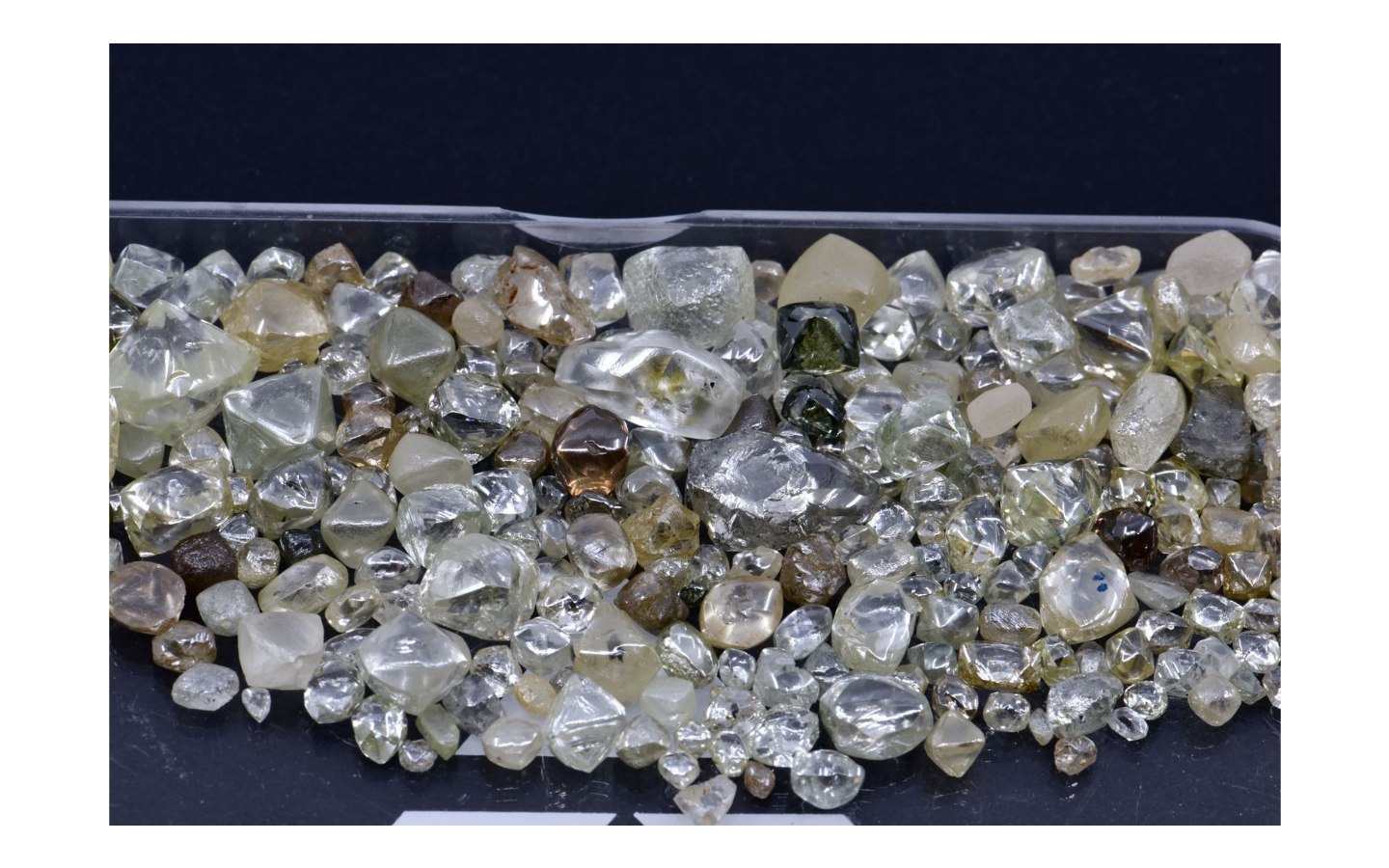Defining the colour of a diamond is a daily challenge for gemmological laboratories. If today the GIA standards are the most used, not all laboratories use them. And from one laboratory to another, sometimes the results are not the same… This means that this subject is particularly followed by our profession.
This subject is all the more important as the colour of a diamond has a very important influence on the price of a stone. Let us add that in the current context with the affair which agitates the GIA and several hundreds of reports recalled because of treatment influencing the colour of stones, it is more than necessary to be interested in it. I therefore read with interest this article on Diamonds.net and I offer you a translation.
“Diamond dealers will face a new colour arbitration if their stones show a difference of more than one hue from the industry standard. This is the aim ofa text that was the result of consultation between the most important professional organisations. Moreover, this arbitration should be progressively extended to the gradation of the purity of stones.
This is, at least, the aim of the declaration of principle formulated by the three organisations listed below:
- World Federation of Diamond Bourses (WFDB)
- The International Diamond Manufacturers Association (IDMA)
- CIBJO – The World Jewellery Confederation
This text recognises the standards of the Gemological Institute of America (GIA) and theInternational Diamond Council (IDC) as those accepted by the diamond trading industry.
Diamonds that appear to be problematic may be submitted by a local exchange to a laboratory recognised for its competence and regularity by the trade. But the stones may also be judged by three experts recognised by the profession. They must be chosen by the competent authorities of the exchange in question and be independent.
If this expertise is carried out in total independence (at least that is the wish expressed by this text), and if the results do not agree with the report accompanying the stone, the exchange may take measures (including disciplinary sanctions) against the parties involved.
This new directive was sent to the members of the above-mentioned associations at the end of March 2015. But it was publicly unveiled by Ernie Blom, the World Federation of Diamond Bourses (WFDB) President, last week in Tel Aviv.
As the grading criteria for a stone are subjective, it is common in the trade to consider that a difference in colour of one shade can be tolerated said Mr Blom. “This principle has been ‘standardised’ by our industry but we believe that adherence to this new regulation can only enhance confidence between buyers and sellers, and more generally in diamonds.”
See you soon.
Source : Diamonds.net







